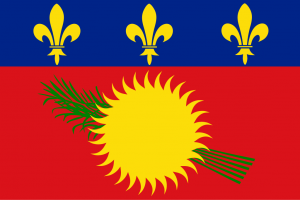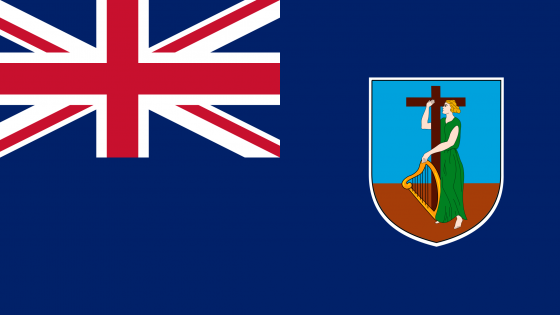
Often called the “Emerald Isle of the Caribbean” due to its Irish heritage, Montserrat is a unique blend of cultural roots, volcanic resilience, and natural beauty. Though its capital was buried by a volcanic eruption in the 1990s, Montserrat has reinvented itself as a symbol of Caribbean strength and renewal.
Montserrat is a mountainous, volcanic island in the Leeward chain. Its most defining feature is the Soufrière Hills volcano, which erupted in 1995 and rendered the southern half of the island—including the capital, Plymouth—uninhabitable. Today, the northern zone is safe and thriving, with black-sand beaches, cloud forests, and dramatic cliffs.
The economy is primarily supported by UK aid, tourism, and construction. The Montserrat Volcano Observatory is a global research center. Recent efforts focus on geothermal energy, eco-tourism, and rebuilding the new town of Little Bay.
Montserrat is one of the few places outside Ireland where St. Patrick’s Day is a public holiday. Irish-African heritage is evident in language, music, and surnames. Locals are proud and closely knit, celebrating community through festivals and storytelling.
Montserrat embodies rebirth. Rising from volcanic ash with determination and dignity, the island offers a quieter, introspective Caribbean experience rich in nature, heritage, and hope.

